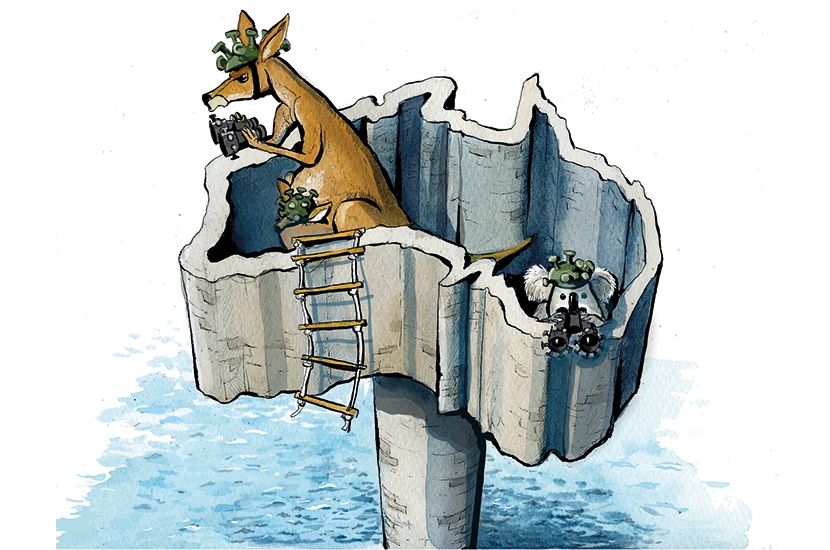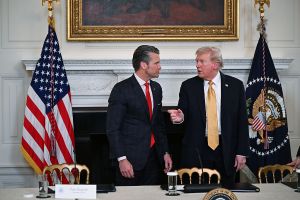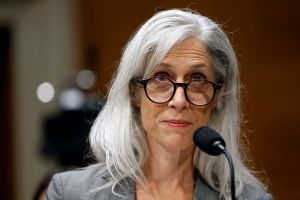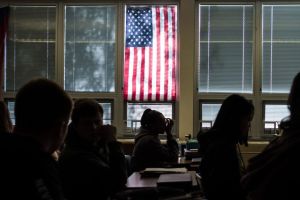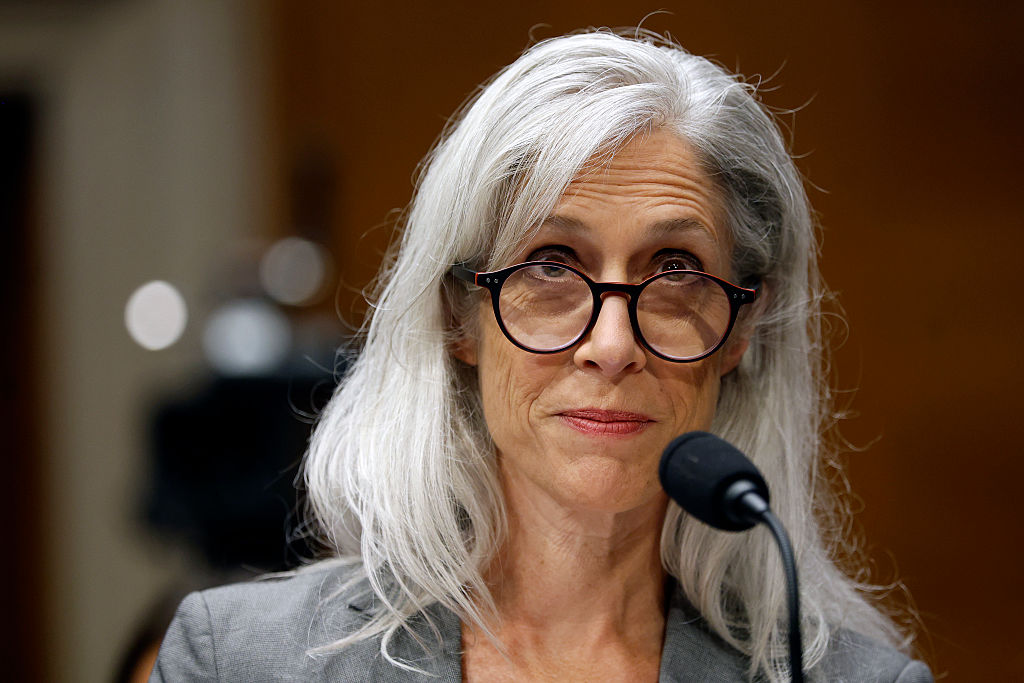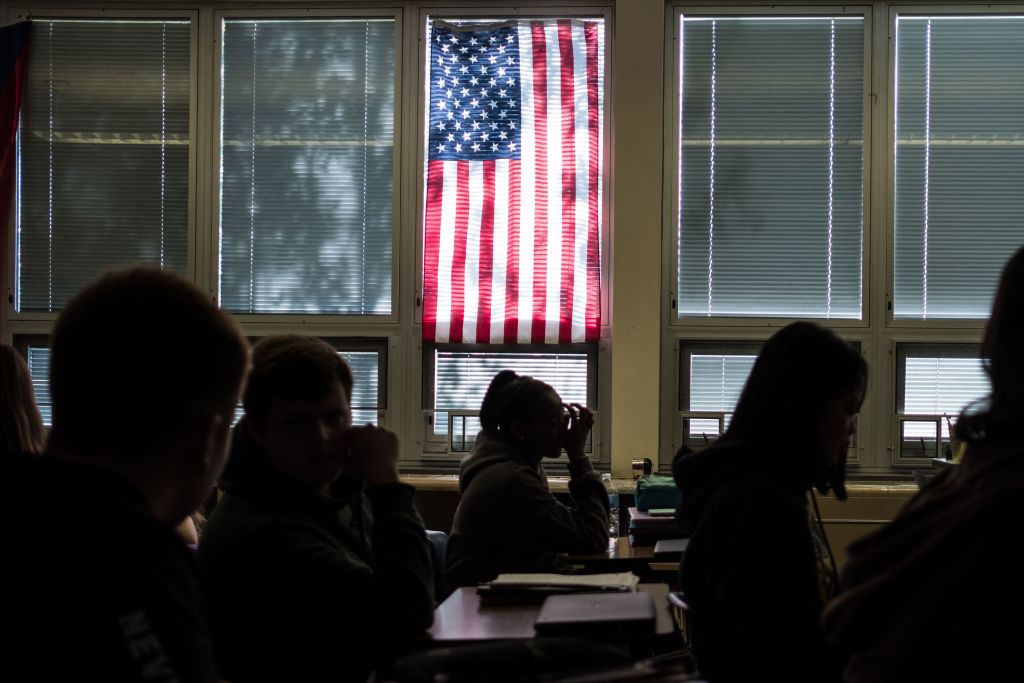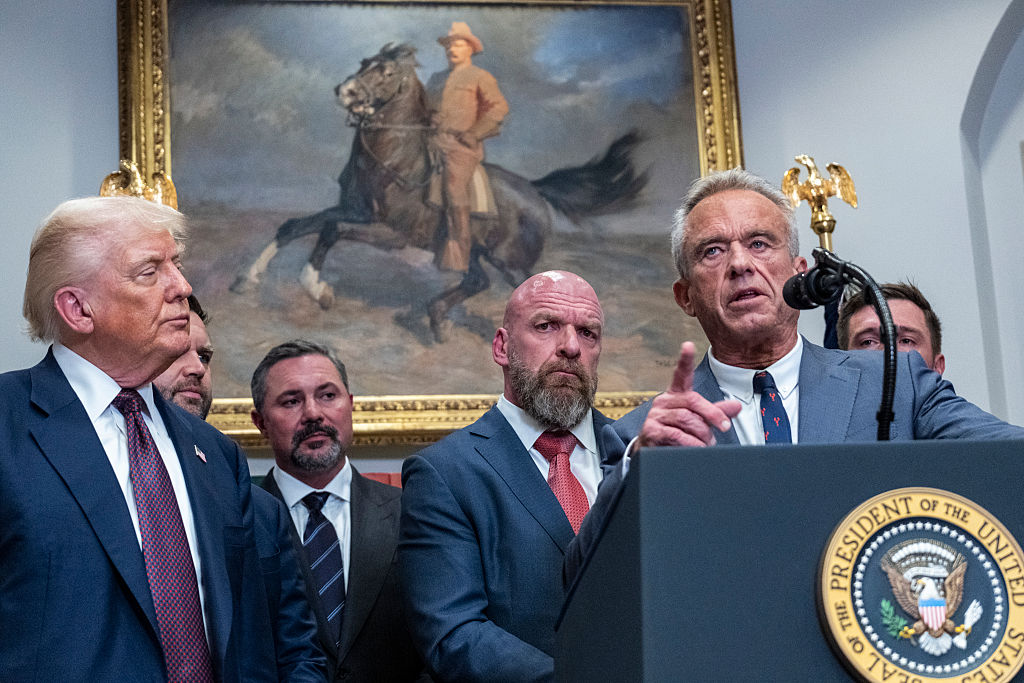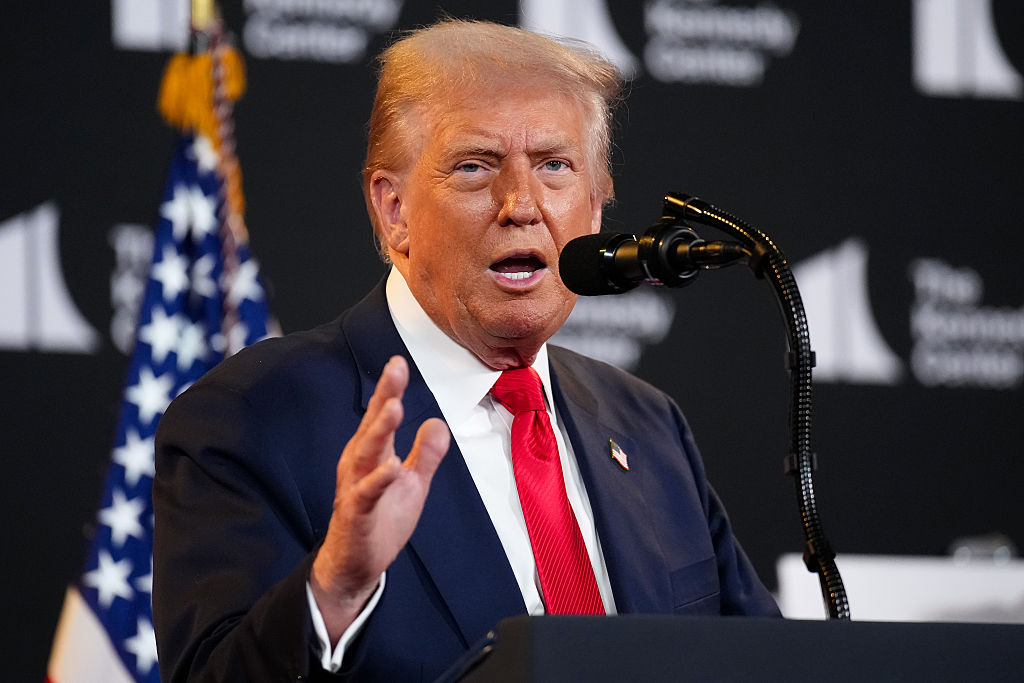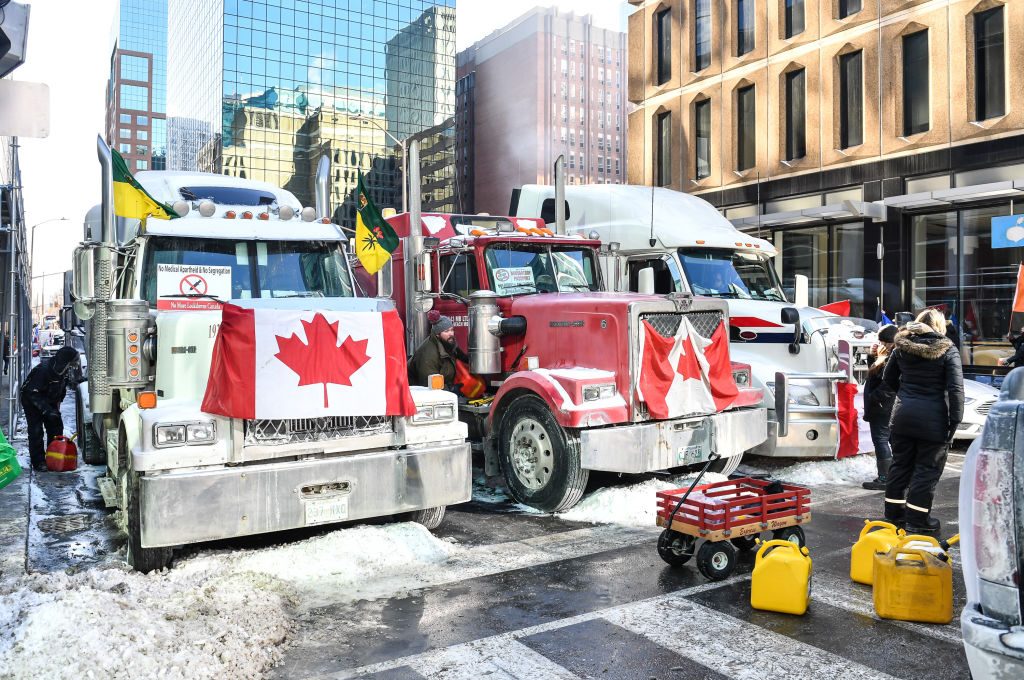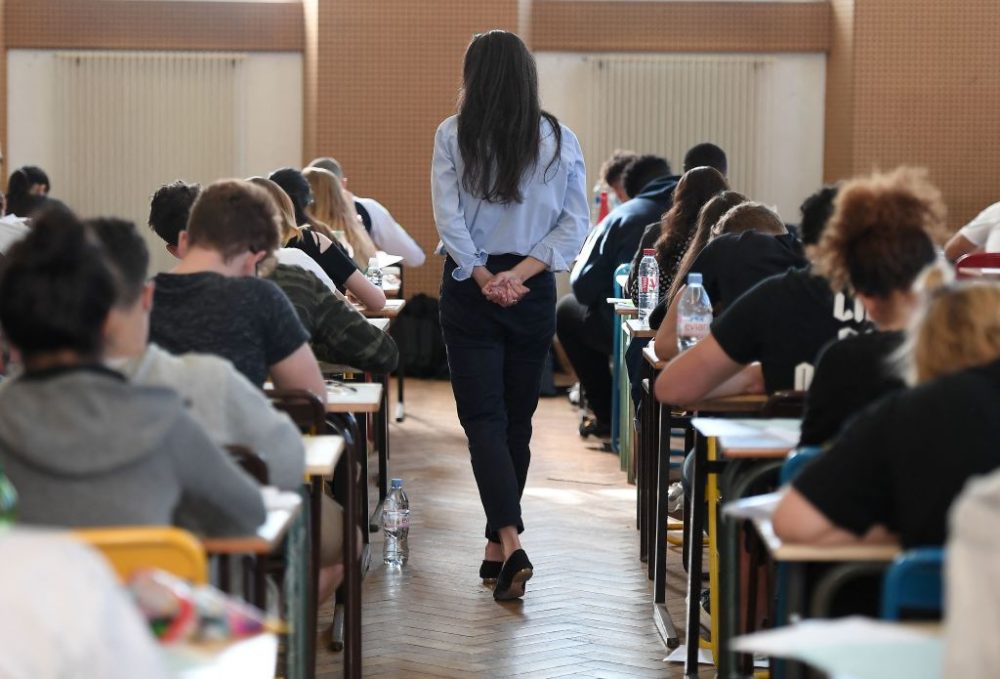Australians have a reputation for rugged individualism, grit and competence. But when it comes to the pandemic, we have seen another side to my country: insecure, anxious and frozen by the fear of death from COVID. A recent global poll found that Australians more worried about the virus than any other western country. They have been scared witless by the hysteria of politicians, chief medical officers and the media.
At first, Australia’s COVID strategy was hailed as a triumph: it had moved fast, minimized deaths and was on course to make enough AstraZeneca vaccine to double-jab the whole country. The route out seemed plausible: sit tight, vaccinate, then reopen. But today, Australia is confronting its highest-ever rate of infections, trapped in a seemingly endless cycle of lockdowns and on the brink of a double-dip recession, while AZ jabs lie unused and unwanted. What went wrong?
Australia’s short-term strategy seemed sensible. When stories emerged of COVID spreading, the Australian government banned flights from China and subsequently decided to close its borders altogether. Like everyone else, the government wanted to ‘flatten the curve’, to use the language of the time. There were daily COVID cases, even some deaths, most of which were in care homes. At first, there was no talk of eliminating the virus. Australia did not seem so very different from the rest of the world.
What happened next is, in part, explained by the Australian Constitution. The federal government is responsible for border controls but each of the six states is responsible for its own health service. Each state has a chief medical officer, as does the federal government. But it is the state premiers and their ministers who have day-to-day control of the nation’s response to the pandemic.
Not only did the federal government seal off the country — to the outrage of the Australian diaspora — it also banned anyone from leaving the country without permission from the government. For many, this was an outrageous imposition on their civil liberties (not to mention a violation of the UN Declaration of Human Rights). The one million Australians abroad were told that if they wanted to return to their own country, they must go into 14-day quarantine, in a hotel room, at a cost of about $3,000. Before too long, the hotel system was overwhelmed and a quota was slapped on international arrivals. At the last official count, some 38,000 Australians are still stranded.
Australians are entitled by international law to return home, but only the better-off and the incredibly patient are actually able to do so. Meanwhile, international celebrities can find a way: Matt Damon, George Clooney, Idris Elba, Natalie Portman and Ed Sheeran have been partying down under during the pandemic. But families without similar means have been cut off from each other.
What’s striking is how popular these extraordinary restrictions on free movement have been. They have been warmly welcomed by the Australian public. A poll last year found that three in five Australians thought borders should be closed because of 25 active cases (or fewer).
State governments have, meanwhile, taken it upon themselves to implement a policy of COVID elimination. The various chief medical officers have come to the brilliant conclusion that if no one meets anybody else, the contagious disease will not spread. Every time there is a report of COVID, the state governments lock down. Large cities like Sydney and Melbourne are locked down right now. In the case of Melbourne — a city of five million people — there have been just 60 new COVID cases a day. Across the country, there are about 800 cases. As a result of this, two-thirds of Australians — some 18 million people — are locked down.
In Australia, lockdown really does mean lockdown. All bars, restaurants and hospitality venues are closed. Schools are closed. Most shops are closed, with the exception of pharmacies and supermarkets. The public are severely restricted in their movements. State governments close their borders to other Australians. Schoolchildren have missed 27 weeks of classroom learning. Adelaide gets locked down if there are one or two cases of COVID reported, almost regardless of how they have come into the city.
On one level, showing such scant regard for the civil liberties of citizens has been extremely successful: fewer than 50 people have died with COVID this year. Almost all of those who did were elderly. To date, just under 1,000 Australians have died because of COVID. To put that into some perspective, around 3,000 Australians die every week.
But look at the side effects of these extreme measures. The tourism industry, which normally welcomes 9.5 million overseas visitors a year, has been devastated. Families have been unable to reunite because of the international and domestic restrictions on travel. There is very little debate about the impact of all these restrictions on mental health and other diseases and ailments. There is certainly no debate about the smooth and healthy working of society.
Debt is becoming a huge problem. At the end of John Howard’s government in 2007 (in which I served as foreign minister) the Australian government was running a budget surplus with no national debt at all. Now, the federal government’s debt is heading towards $1 trillion or 40 percent of GDP. The state governments are also deeply in debt. It is obvious this is the next crisis in the making.
What is the way out? The federal government wants to vaccinate around three-quarters of the population before Australia can open up again. As things stand, this is a pretty distant goal. But even if most of the population were vaccinated, that would not ensure COVID is eliminated. There will still be outbreaks, as Israel is finding out. What will the state governments do then?
As things stand, only about 32 percent of Australians over the age of 16 have had two vaccinations, vs 77 percent in the UK and 58 percent in America. It’s not as though Australia has missed out on receiving vaccines: AstraZeneca had a deal to make its COVID shot in Melbourne. But the rollout was derailed by concerns over blood clots. In fact, only seven Australians out of the seven million who have been jabbed with AstraZeneca have died from blood clotting: one in a million. But a little-known body called the Australian Technical Advisory Group on Immunisation said the AZ jab should only be used by the over-fifties, then raised that to over-sixties. Now all over-18s have been told to get the shot, but the damage has been done. The fuss played straight into the hands of anti-vaxxers. There is a stockpile of some six million AZ vaccines in Melbourne.
Australia’s zero-COVID strategy was based on the idea that everyone could sit tight until vaccination allowed the population to achieve herd immunity. But the Delta variant — which spreads fast even in well-vaccinated countries — has changed things. Some state premiers have started to acknowledge the problem. ‘To assume that forevermore there’ll be zero cases around Australia is, I think, an assumption that nobody can really make at this stage,’ said Gladys Berejiklian, premier of New South Wales.
For a while, Australia’s policy was fêted the world-over as a success, but neither Australia nor New Zealand have worked out how to live in a world where COVID is endemic. The risk is Australia will end up isolated, wrestling with repeated lockdowns and spiraling national debt.
Clive James once said: ‘The problem with Australians is not that so many of them are descended from convicts but that so many are descended from prison officers.’ Locking up was only going to work for so long. Australians now need a way out.
This article was originally published in The Spectator’s UK magazine. Subscribe to the World edition here.



